Freshly named in April “Nur-Sultan” after its founding President on his retirement, there are no signs pointing the way to the old “Astana” on the roads leading to the capital anymore. One might think it had been Nur Sudan since eternity. But that’s just one of the curiosities of this land which “Borat” was the first to bring to the notice of sheltered Westerners. We’ve long been visiting glitzy capitals created in the image of some egotistical leadership regime as symbols of “national pride” – Ashgabat in Turkemenistan, Baku in Azerbaijan, Dubai, Doha etc etc – are all ostentatious demonstrations of exhibiting just how modern or progressive countries think they are. Too bad about achievements in the soft area of human rights for example.
But the Kazaks take the cake with this capital. It was only made the capital in 1997 at which time its population was just 200,000. It now contains over 1 million inhabitants and to the casual observer they’re all builders or architects ! As you peruse the cityscapes be conscious that all of this has been done in just 20 years.
Being the largest of the Caspian Sea oil and gas-based economies, Kazakhstan tells a fascinating story of transformation. Just after being freed of the shackles of the USSR the economy contracted quite severely as a result of the Russian financial crisis and the downturn in oil prices – so per capita incomes fell by 26%, a heavy blow. And then in the 2014-2015 it got hit again by falling oil prices but the currency was devalued 40% – again whacking the population’s per capita income.
But the devaluation appears to have done the trick. Since 2002 income per capita has increased six times and poverty has fallen sharply. Russia and China remain the main trading partners and exports are diversifying significantly with a number of high tech initiatives become significant. Oil is still No 1 but the country is running and running hard to reduce its dependence on that commodity.
As we head away from the glitzy capital and start riding further across Kazakhstan’s vast steppe, the contrast between the modernising economy of the cities and the simple, traditional life of the 47% of Kazakhs still in agriculture couldn’t be more stark. This is an economy that’s clearly ambitious but faces huge hurdles, diversifying from oil as well as ensuring all boats are lifted. A glitzy capital teaming with ex pats and foreign money? Maybe Borat did put Kazakhstan on international capital’s radar.

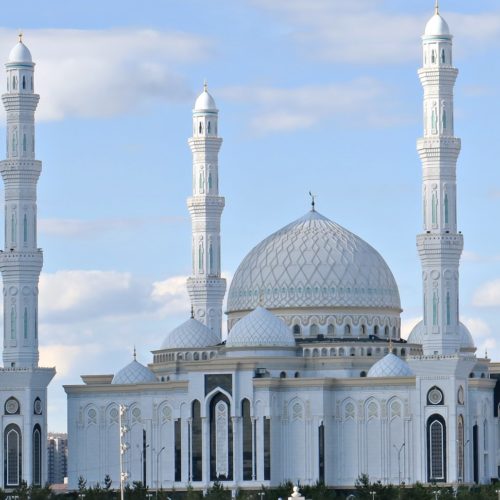
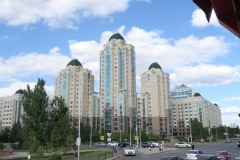
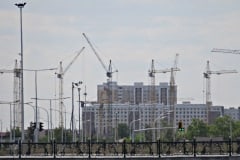
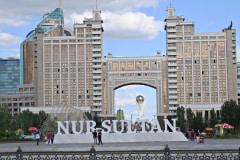
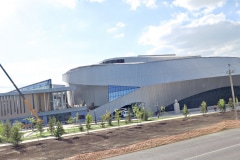
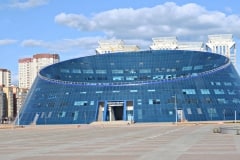
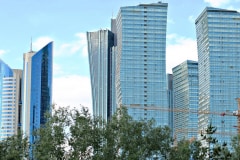
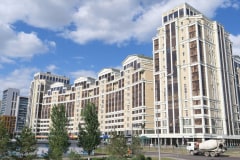
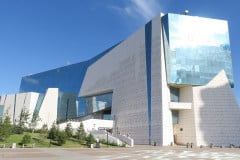
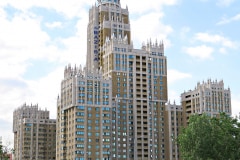
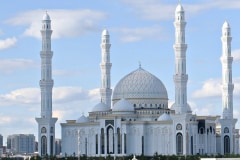
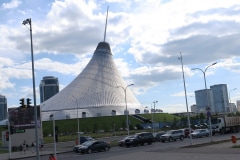
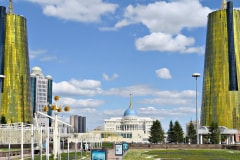
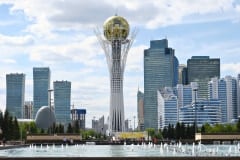
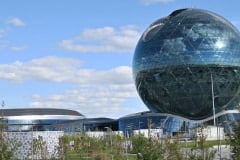
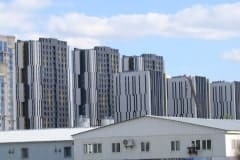
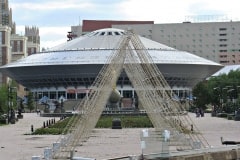
Comments are closed.